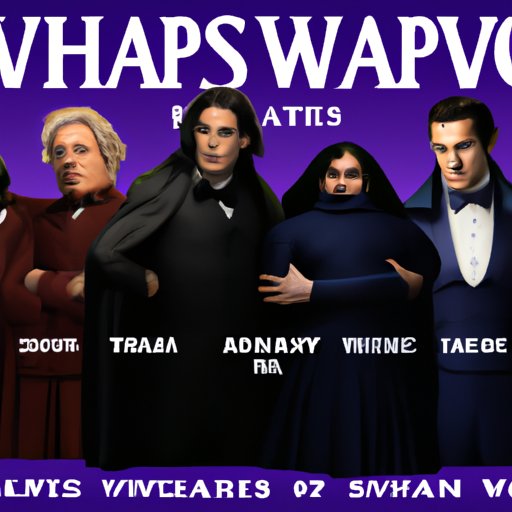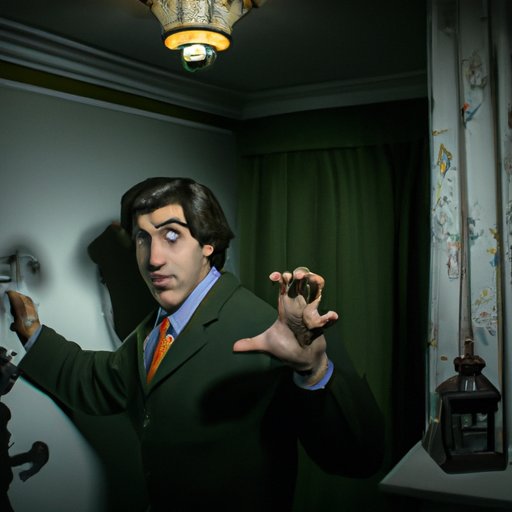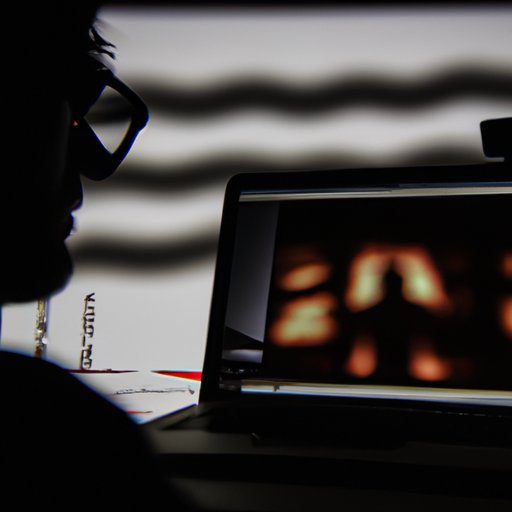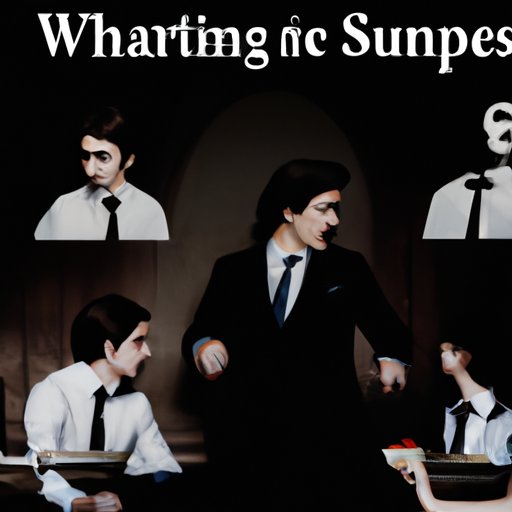Introduction
What We Do in the Shadows is a 2014 mockumentary directed by Jemaine Clement and Taika Waititi. It follows four vampires living in New Zealand who are trying to adapt to modern society. The film is a hilarious blend of horror and comedy, with a unique take on the vampire genre.
A Review of What We Do in the Shadows From a Critical Perspective
The story of What We Do in the Shadows is relatively simple. It follows the everyday lives of four vampires—Viago, Vladislav, Deacon, and Petyr—as they navigate their way through the modern world. But despite its simplicity, the story is full of clever jokes and unexpected moments. The characters are all distinct and memorable, and each one has their own quirks and flaws that make them endearing.
The humor of What We Do in the Shadows is often dark and irreverent, but it never feels mean-spirited or offensive. The vampires’ reactions to the mundane aspects of human life—such as going to the supermarket or attending a party—are both funny and relatable. The horror elements, meanwhile, are mostly played for laughs, but there are some genuinely scary moments scattered throughout. The film also contains some surprisingly gory special effects, though they’re used sparingly.

How What We Do in the Shadows Stacks Up Against Other Vampire Movies
When it comes to vampire movies, What We Do in the Shadows stands out from the crowd. While it does contain the usual tropes associated with the genre—bloodsucking, immortality, and so on—it approaches them in an entirely new way. Rather than focusing on the traditional horror elements, the film instead focuses on the comedic potential of the vampire lifestyle.
In terms of themes, What We Do in the Shadows is unique in that it explores the idea of adapting to a changing world. The vampires are constantly struggling to keep up with the times, and this provides plenty of opportunities for humorous situations. There’s also a subtle commentary on immigration and assimilation, as the vampires are outsiders in a culture that doesn’t always accept them.

Exploring the Humor and Horror of What We Do in the Shadows
What We Do in the Shadows is a movie that expertly blends horror and humor. The tone of the film is lighthearted and playful, but there are still moments of genuine terror. The balance between the two genres is maintained throughout, and this helps to create an entertaining and unpredictable experience.
The humor in the film is often derived from the vampires’ inability to comprehend basic human customs. This leads to a number of amusing misunderstandings, such as when they mistake a funeral for a wedding or when they try to order food from a drive-thru window. On the other hand, the horror elements come in the form of the vampires’ violent tendencies and the occasional jump scare.
An In-Depth Look at What We Do in the Shadows’ Characters
The characters in What We Do in the Shadows are all memorable and well-developed. Each character has their own distinct personality and motivations, and this helps to give the film an emotional depth. Viago is the most sympathetic of the group, as he is constantly struggling to fit in with his roommates and the human world. Meanwhile, Vladislav is the oldest and most powerful of the vampires, and his arrogance and selfishness often lead to conflict. Deacon is the wild card of the group, while Petyr is a mysterious and creepy presence.
The characters in What We Do in the Shadows also adhere to certain archetypes. Viago is the reluctant hero, while Vladislav is the villainous leader. Deacon is the comic relief, and Petyr is the sinister figure. These archetypes help to add structure to the story and provide a familiar framework for the audience.

Analyzing the Cinematography of What We Do in the Shadows
The cinematography of What We Do in the Shadows is impressive. The film makes use of a wide range of shots and camera angles, which helps to create a sense of atmosphere and tension. Long takes, close-ups, and tracking shots are all employed to great effect, and the visual effects are used sparingly but effectively.
The color palette of the film is muted and desaturated, which gives it a slightly surreal feel. This helps to emphasize the supernatural elements of the story, while also adding to the overall atmosphere of the film.
Examining the Social Commentary in What We Do in the Shadows
What We Do in the Shadows contains a number of subtle social and political messages. There’s a strong emphasis on immigration and assimilation, as the vampires struggle to fit into a world that doesn’t always accept them. The film also touches on issues such as racism and sexism, though these are handled with a light touch.
The film also contains a number of references to pop culture and current events. These help to ground the story in the real world, and they also provide an opportunity for satire and commentary. For example, the vampires’ reaction to the 2016 US election is both hilarious and insightful.
Conclusion
What We Do in the Shadows is a unique and inventive take on the vampire genre. It blends horror and comedy in a way that is both humorous and terrifying, and the characters are all memorable and well-developed. The film also contains a number of social and political messages, which help to add an extra layer of depth to the story. All in all, What We Do in the Shadows is a must-see for fans of vampire movies.
(Note: Is this article not meeting your expectations? Do you have knowledge or insights to share? Unlock new opportunities and expand your reach by joining our authors team. Click Registration to join us and share your expertise with our readers.)
